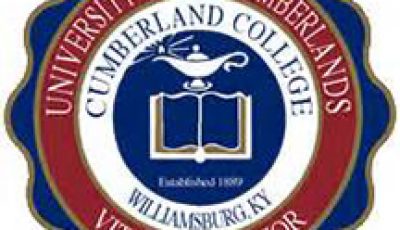June 28 public meeting set over proposed W’burg historic district
If you own a historically significant building in downtown Williamsburg and you’re thinking about making renovations or need to make renovations to it, then you probably want to go to a public meeting at Williamsburg City Hall on June 28. You also might want to postpone construction for a few months.

This is a map of the proposed historic district in downtown Williamsburg.
Williamsburg officials are attempting to establish a historic district in part of downtown through the National Register of Historic Places.
If they are successful, then property owners wanting to restore historic buildings in the historic district could qualify to take up to 20 percent of their construction costs off as federal tax credits.
“The meeting is to inform people about the benefits of having a national historic preservation district. There are some misconceptions about it,” noted Dr. Jim Moss, chairman of the Williamsburg Historic Preservation Commission.
For example, many people think this means that a Washington bureaucrat will tell them what they can and can’t do with their property, which isn’t the case.
However, if you follow guidelines, it could mean substantial tax credits to offset the cost of your project, Moss noted. “This is not a restrictive thing at all. You can choose to participate or not. It is a no lose situation.”
A national historic district is an area designated by the Department of Interior in the National Park Service to be worthy of historical preservation and interest, Moss said adding that Kentucky is one of the leading states across the country in having recognized historic districts.
Williamsburg’s proposed historic district encompasses 86 different structures and properties. The proposed historic district will generally encompass downtown Williamsburg along much of Main Street including older, contiguous structures.
It will generally run from Sycamore Street to Cumberland Avenue going up to the railroad tracks and over to First Baptist Church.
“These boundaries are under study. They are not fixed or final by any means,” Moss added.
Moss said that the commission has been working on the project for nearly three years, and it believes the city is in the home stretch of the project hoping to have everything submitted by the end of the calendar year.
“Now is the time that a formal application has to be written to the National Park Service. It has to be vetted by the Kentucky Heritage Council, and only after it has been vetted and inspected does it go to Washington for their approval,” Moss said.
During the vetting process, the Kentucky Heritage Council will contact all the owners of “contributing” buildings, structures or statues and a majority of the owners have to approve it.
If the historic district is approved, tax credits may be available to “contributing buildings,” which are located inside the historic district.
Contributing buildings, structures or statues are essentially those that are at least 50 years old or of major cultural or social significance.
Some of the buildings, which are located in the historic district, aren’t considered “contributing buildings.
For example, the old Williamsburg Post Office is considered a contributing building in Williamsburg’s proposed historic district, but the Whitley County Judicial Center, which was constructed eight years ago, isn’t although it is located in the historic district.
Moss said that both he and Mayor Roddy Harrison believe the creation of the historic district and the tax credits offer a major economic incentive for the development of downtown.
“I can see where that tax incentive would encourage people to develop buildings. There is a lot of potential in these old buildings,” Moss said.
Consultant Marty Perry will lead the June 28 meeting, and be on hand to answer any questions about it. Perry worked 30 years as the Kentucky Heritage Council’s National Register Coordinator.
All 86 proposed structures or properties have to be on the final nomination with a picture and a narrative description.
“At some point during the process, the Kentucky Heritage Council contacts all the property owners within the boundary to be sure that is what they want,” Moss said.
A majority of the property owners have to agree in order for the city to establish a historic district.
The meeting will be held at 5 p.m. on June 28 in the council meeting room at Williamsburg City Hall.
“Everybody is welcome to attend. We hope the people will come to learn the advantages of it for them,” Moss said.
Moss is the chairman of the commission. Retired architect Harry Siler is the vice-chair. Other members include Maria Harrison, Carroll “Cissy” Lunce, Meg Judd, Nannie Hayes and Michael Sharpe.








